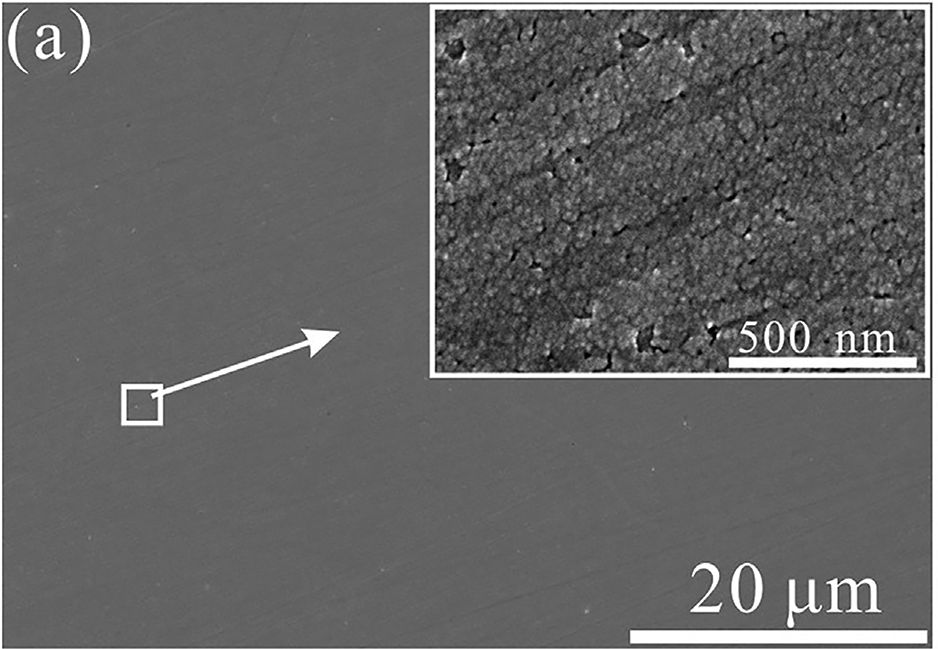
图 5 描绘了纯锌在 r-SBF 中浸泡 336 小时后的 SEM 图像。 尽管图 5(a-c)中的放大显微照片显示许多纳米级颗粒在浸泡过程中在表面上不断长大,但在 6 小时到 24 小时的初始浸泡阶段,样品表面没有显示出任何明显变化。 在 r-SBF 中浸泡 48 小时后,可以看到球状腐蚀产物散布在表面上(图 5(d))。在 r-SBF 中浸泡 120 小时后,球状腐蚀产物的生长在图 5 中很明显。 5(e)。 此外,当浸泡时间延长至 168 小时时,沉淀物会聚集(图 5(f))。 有一个主要的腐蚀产物层,在图 5(d-f)中球团簇的进一步生长在其上进行。 随着浸泡时间的延长,整个表面都被球体结构覆盖,并且在样品上可以观察到大量的簇(图 5(g 和 h))。
Fig. 5 portrays the SEM images of pure Zn after immersion in r-SBF up to 336 h. The sample surface did not show any obvious change during the initial immersion stage from 6 h to 24 h, although the magnified micrographs in Fig. 5(a–c) showed that many nanoscale particles grew up unceasingly on the surface during the immersion. The globular corrosion products can be viewed scattered over the surface after immersion in r-SBF for 48 h (Fig. 5(d)).The growth of the spheroidal corrosion products upon immersing in r-SBF for 120 h was apparent in Fig. 5(e). Additionally, the precipitates aggregated when the immersion time was prolonged to168 h (Fig. 5(f)). There was a primary layer of corrosion products,over which further growth of the spheroidal cluster proceeded in Fig. 5(d–f). With longer immersion time, the entire surface was covered by the spheroid structures and abundant clusters can be observed on the samples (Fig. 5(g and h)).